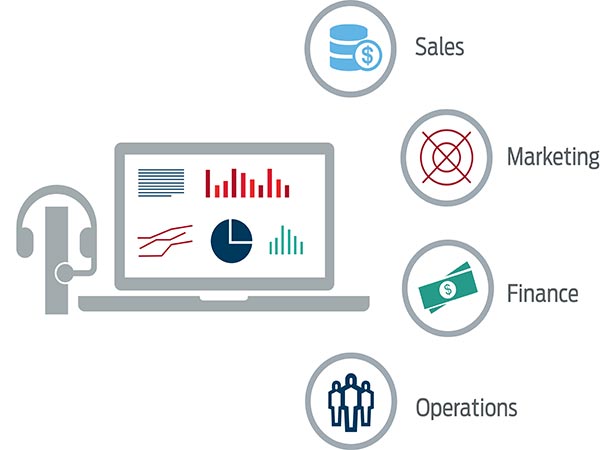Evolving World of Work: Top 3 Call Centre Insights to Track
Evolving World of Work: Top 3 Call Centre Insights to Track

Serious, unusual circumstances like a pandemic tend to shine a spotlight on the call centre insights that matter most.
That’s because stressful times and uncertain economic conditions can bring out the worst in everyone: customers’ emotions might run high while their patience hits an all-time low, and agents might forget or forego some of their training due to busier schedules or distractions created by new, work-from-home environments.
As a call centre leader, you want to manage and optimise your call centre team, so agents operate at a high-performing level despite any added, unanticipated intensity. You want to preserve and guarantee a superior customer experience at all times, no matter what.
The first and most important step to continuously delivering great customer service is to monitor and quickly act upon the most important call centre insights. But which ones really are the most critical in today’s altered world?
COVID-19 gave us at Calabrio an unexpected opportunity to find out.
Here are the top three call centre insights to track now, according to our recent survey.*
Customer sentiment and satisfaction
Our survey confirmed that customer sentiment and satisfaction continues to be the top insight to track for continued call centre success.
No surprise there, right? After all, negative customer sentiment and dissatisfaction with the customer service received are the primary factors that drive poor relationships with your brand and the biggest predictors of customer churn: if you aren’t showing positive sentiment or customers aren’t satisfied with the service or support they receive, they’ll look elsewhere.
A direct customer survey is the simplest, most common way companies track customer satisfaction. Unfortunately, only 1-2 percent of sent customer satisfaction surveys are actually completed, leaving managers uninformed about 98-99 percent of their team’s interactions.
Tools like speech analytics, sentiment analysis and predictive net promoter scores are designed to fill that information void while uncovering even richer insights. And they do a great job—but only if you follow up their findings with focused, root-cause analysis.
For instance, look for commonalities within contacts that expressed high levels of customer satisfaction, then do the same for those with low levels of customer satisfaction. Which factors consistently drive customer sat to be high or low? One by one—prioritising them if possible—fix each product, process or service issue that results in low satisfaction. Then do the same for the high customer satisfaction, so you can replicate and amplify what already works well.
Employee experience and productivity
While the first insight focuses on making sure you do everything possible to improve customer satisfaction, this second insight—employee experience and productivity—is about making sure you improve customer satisfaction in a cost-effective way. You want to proactively protect your company’s bottom line.
Experienced agents tend to receive higher or more positive scores and sentiment than their less-experienced peers. But cost efficiencies happen when experienced agents also deliver those positive interactions in a shorter period of time.
That’s why this important insight is a balancing act: weighing too heavily on higher customer satisfaction might decrease your team’s productivity due to longer interactions; conversely, focusing on productivity at the sake of all else could cause a dramatic decrease in customer satisfaction due to hurried interactions.
To make the most of this insight, benchmark agents who can do both: they’re highly productive, but they also receive high customer sat/sentiment scores. Document exactly what they do—look at things like agent occupancy and the overall time they spend being productive, then correlate that data to their sentiment and customer sat scores.
Then develop a training, coaching and process plan to mimic their methods across all other agents.
Common customer problems or needs
According to our survey, the third top call centre insight to track are the problems or needs common to your customers, which you can determine by categorising contacts.
From a staffing perspective—which becomes even more critical during economic downturns—categorising contacts to identify common customer problems or needs is one of the most important things you can do.
That’s because highly efficient call centres understand which specific bits of knowledge or skills are needed to quickly resolve common customer problems. They identify exactly what agents need to do and be in order to be most productive and efficient, then implement precise training and coaching programmes that focus agents on topic areas that demonstrated the greatest need.
In my experience, speech analytics is the best tool to use to gain clarity on your customers’ common problems or needs because it helps you understand why people call and what they call about.
Then, similar to above, once you’ve identified the root causes of the problems or needs over which you have control, review and adjust your overall agent training and coaching to maximise its effectiveness.
Find out what else we learned from our survey—download the complete “The State of the Contact Centre: Embracing The Evolving World of Work” quantitative report.
*Based upon a recent survey of 300 contact centre employees in managerial roles across various industries in the U.S. and U.K.









